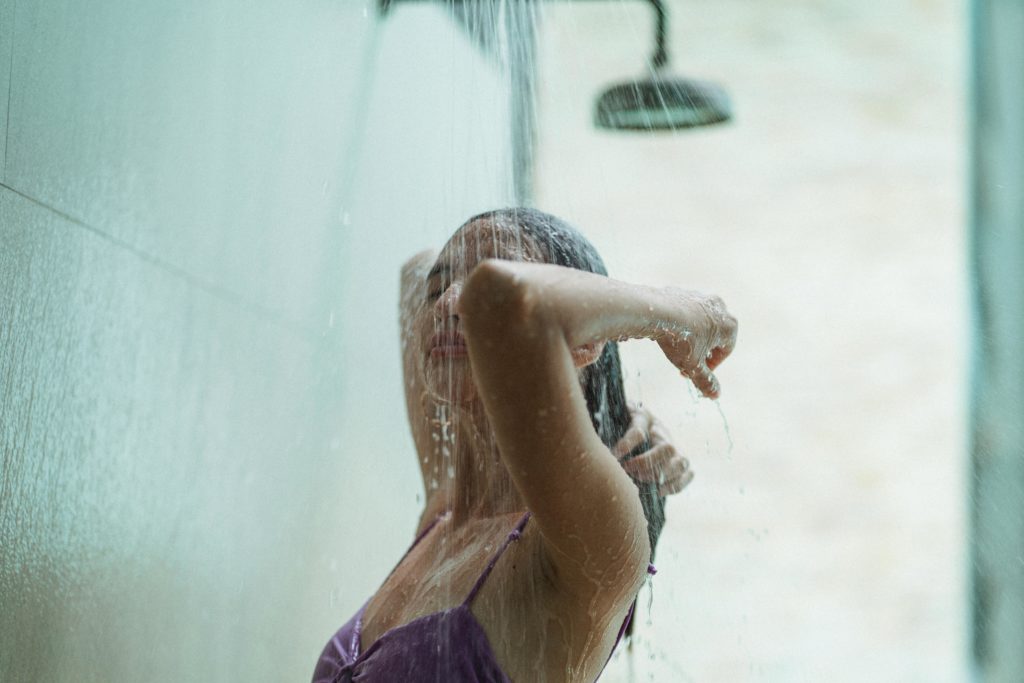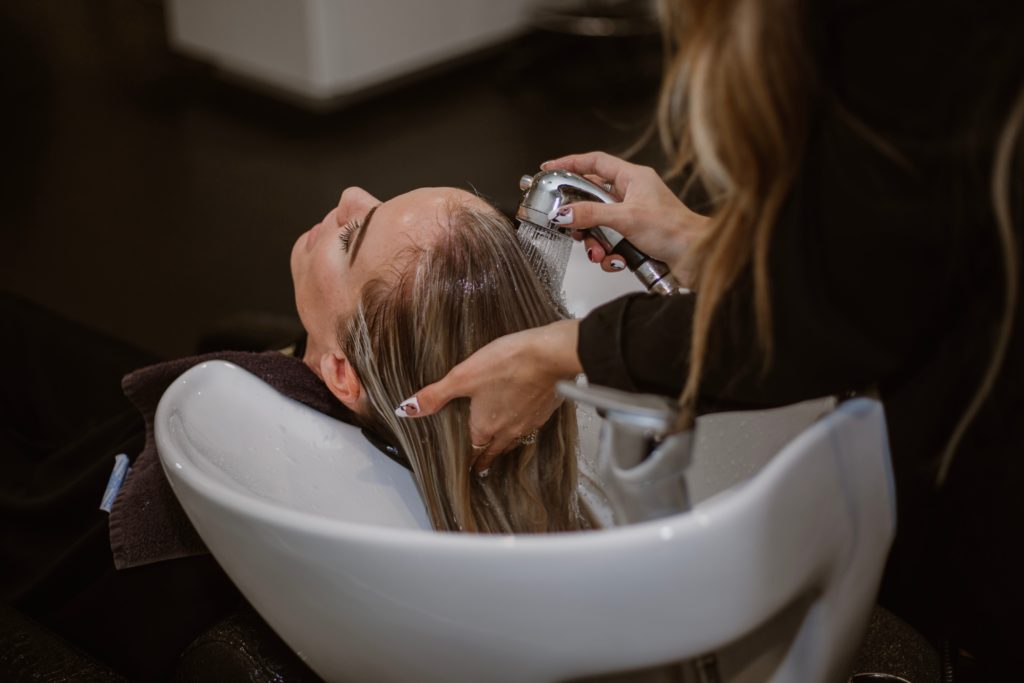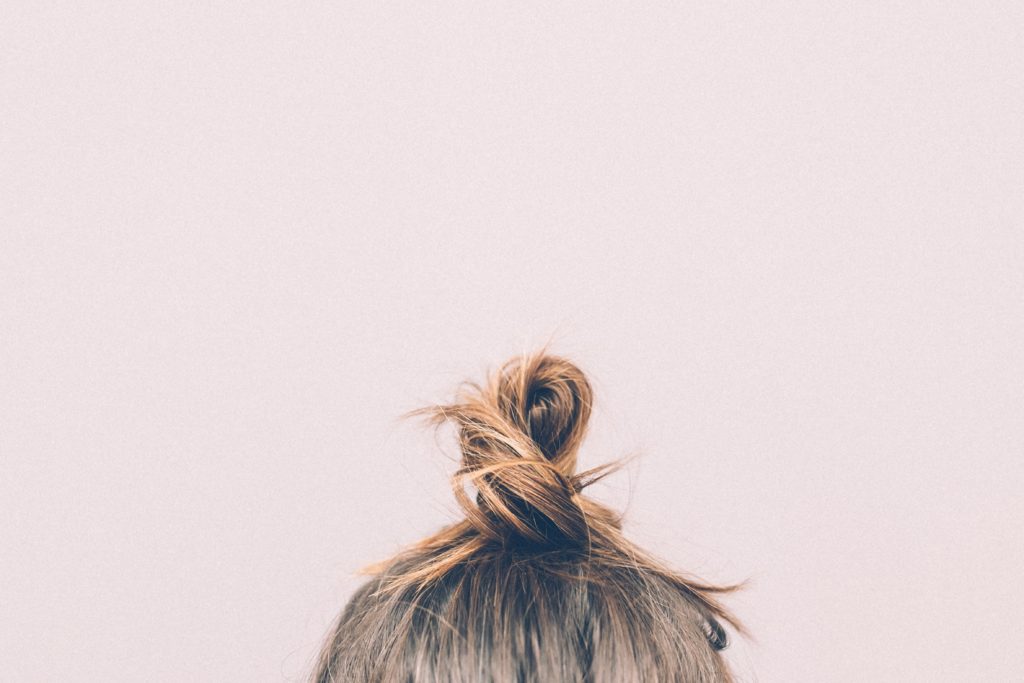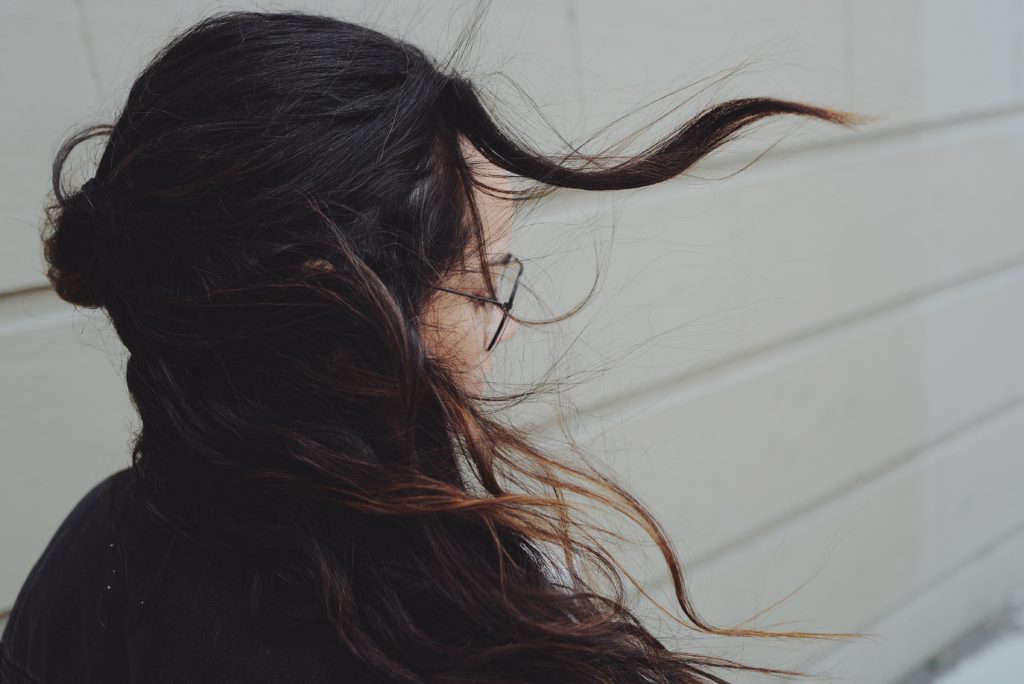Herbs have been revered for their medicinal and cosmetic properties throughout history. When incorporated into hair care routines, they can provide a plethora of benefits, including improved hair health, enhanced shine, and a soothing effect on the scalp. Here are some benefits;
Nourishment and Strength
Herbs like rosemary, nettle, and horsetail are rich in vitamins and minerals that nourish the hair follicles, promoting stronger and healthier strands. These herbs can also stimulate blood circulation, ensuring that essential nutrients reach the hair roots.
Scalp Health
Chamomile, lavender, and calendula are known for their soothing and anti-inflammatory properties. When used in herbal rinses, they can help alleviate scalp irritation, reduce dandruff, and create a more balanced and comfortable environment for hair growth.
Shine and Smoothness
Herbs like hibiscus and amla (Indian gooseberry) are celebrated for their ability to add shine and smoothness to the hair. They can also prevent premature graying and maintain the vibrancy of natural hair color.
Crafting Your DIY Herbal Hair Rinse: A Step-by-Step Guide
Step 1: Choose Your Herbs
Select herbs based on your specific hair needs. For example, if you want to boost shine, go for hibiscus or amla. If you’re aiming for scalp health, chamomile or lavender might be your go-to choices. Consider mixing herbs to create a blend that addresses multiple concerns.
Step 2: Gather Ingredients
Apart from herbs, you’ll need distilled water and optional additions like apple cider vinegar, essential oils, or aloe vera gel. These ingredients complement the herbal infusion, adding extra benefits and improving the overall efficacy of your hair rinse.
Step 3: Brewing the Herbal Infusion
Bring distilled water to a gentle simmer and add your chosen herbs. Let the mixture simmer for about 15-20 minutes, allowing the herbs to release their beneficial compounds. Strain the infusion to remove plant material, leaving you with a potent herbal liquid.
Step 4: Customize Your Rinse
Depending on your hair type and goals, you can customize your herbal hair rinse. Adding a tablespoon of apple cider vinegar can help balance pH and add shine, while a few drops of essential oil can provide a pleasant fragrance and additional nourishment.
Step 5: Application
After shampooing, pour the herbal rinse over your hair, ensuring it reaches the roots. Massage it into your scalp and through the lengths of your hair. Leave it on for a few minutes to allow the herbs to work their magic, then rinse thoroughly with water.
The Pitfalls to Avoid: Common Mistakes in DIY Herbal Hair Rinses
While herbal hair rinses can be a game-changer, there are common mistakes that enthusiasts should be mindful of to ensure optimal results.
Overuse of Strong Herbs
Using potent herbs in high concentrations can lead to overstimulation and potential scalp irritation. It’s essential to strike a balance and tailor your herbal blend to your specific needs.
Ignoring Allergies
Some individuals may be allergic to certain herbs. Before incorporating a new herb into your hair care routine, perform a patch test to ensure you don’t experience adverse reactions.
Skipping the Straining Step
Leaving plant material in your herbal rinse can make it challenging to wash out, leaving residue in your hair. Straining the infusion thoroughly is crucial for a smooth and effective application.
Conclusion
Embarking on the journey of DIY herbal hair rinses is not just about achieving beautiful hair; it’s a holistic approach to hair care that connects you with the bountiful offerings of nature. From selecting the right herbs to customizing your blend, the process of creating herbal hair rinses is a personalized and rewarding experience. By avoiding common pitfalls and embracing the transformative power of herbs, you can nurture your hair naturally and sustainably, unlocking the secrets to healthier and more vibrant tresses.
FAQs
Q1: How often should I use herbal hair rinses?
The frequency of herbal hair rinses depends on your hair type and specific concerns. In general, once a week is a good starting point. Adjust as needed based on the results and your hair’s response.
Q2: Can I mix different herbs together for a hair rinse?
Absolutely! Mixing herbs allows you to address multiple concerns simultaneously. Experiment with different combinations to find the blend that works best for your hair.
Q3: Are herbal hair rinses suitable for colored or treated hair?
Yes, many herbs are gentle and safe for colored or treated hair. However, it’s recommended to perform a strand test first to ensure compatibility and prevent any potential color changes.



